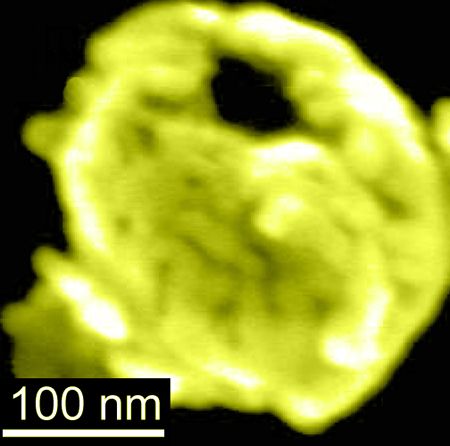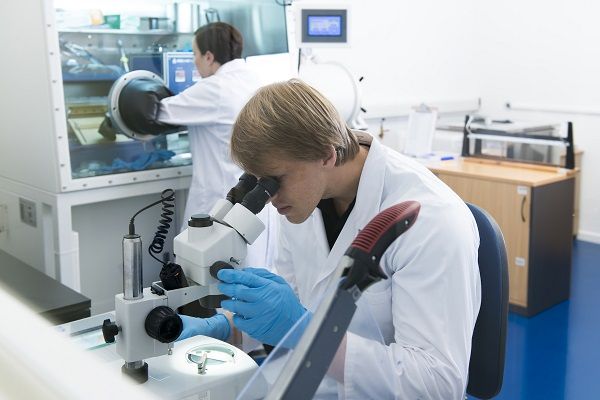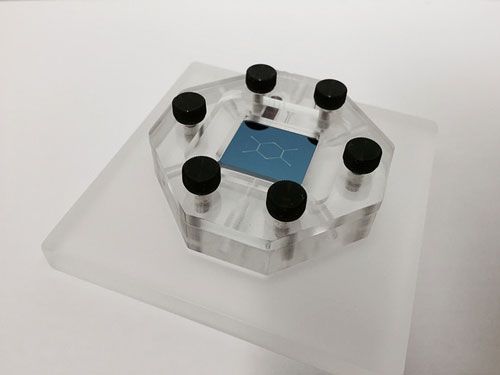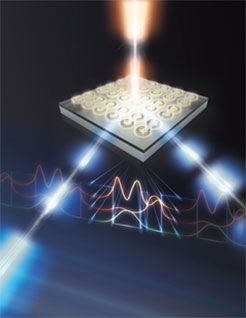Aug 4, 2016
Carbon Nanotube “Stitches” Strengthen Composites
Posted by Karen Hurst in categories: nanotechnology, transportation
The newest Airbus and Boeing passenger jets flying today are made primarily from advanced composite materials such as carbon fiber reinforced plastic — extremely light, durable materials that reduce the overall weight of the plane by as much as 20 percent compared to aluminum-bodied planes. Such lightweight airframes translate directly to fuel savings, which is a major point in advanced composites’ favor.
But composite materials are also surprisingly vulnerable: While aluminum can withstand relatively large impacts before cracking, the many layers in composites can break apart due to relatively small impacts — a drawback that is considered the material’s Achilles’ heel.
Now MIT aerospace engineers have found a way to bond composite layers in such a way that the resulting material is substantially stronger and more resistant to damage than other advanced composites. Their results are published this week in the journal Composites Science and Technology.
Continue reading “Carbon Nanotube ‘Stitches’ Strengthen Composites” »

















